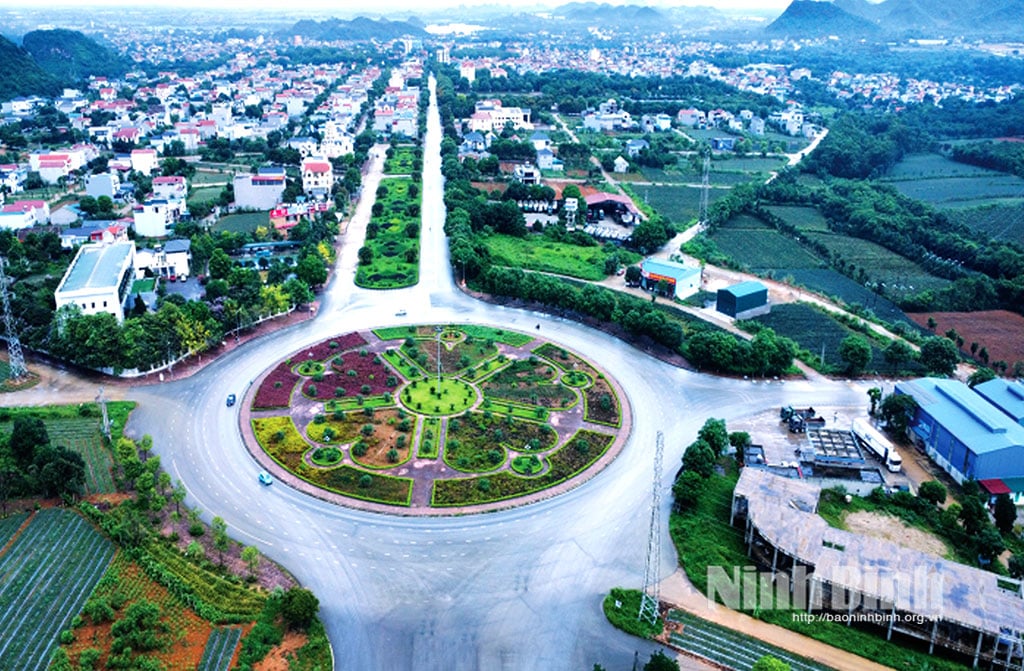
Hoa Lu Avenue - Opening up new development space
The East-West route is a key transport project of Ninh Binh province. According to the plan, the route is 60.75km long, starting from the intersection with the coastal road in Con Thoi commune, Kim Son district, and ending in Yen Quang commune, Nho Quan district. This is a route that synchronously connects with important national traffic axes such as: North-South expressway east of Ho Chi Minh road; National Highway 1A, coastal road (Thanh Hoa-Ninh Binh-Nam Dinh- Thai Binh -Hai Phong-Quang Ninh); North-South railway, forming a strategic traffic axis, connecting with the province's traffic system.
The East-West Road Construction Investment Project (Phase I) started on March 27, 2022. To date, Phase I of the route has been completed with a length of 23.95km and a width of 70m. The starting point is Km0+000 in Quang Son commune, Tam Diep city, and the end point is Km22+950.71 at the intersection of National Highway 12B and Dong Phong-Cuc Phuong road in Van Phong commune (now Nho Quan town), Nho Quan district.
Based on the legal regulations of the State, the current status of roads, works and actual conditions; based on the report of the Provincial People's Committee, at the 32nd Session, the Provincial People's Council discussed, considered and issued Resolution No. 52 on naming the East-West route, the Van River overpass and renaming roads in Hoa Lu city, Ninh Binh province.
Accordingly, the Provincial People's Council decided to name the East-West route Hoa Lu Avenue. Naming the East-West route contributes to gradually completing the traffic infrastructure according to the Kim Son-Nho Quan route planning. This also helps connect expressways, national highways, provincial roads, tourist areas, industrial parks, industrial clusters in Tam Diep city, Nho Quan district and neighboring areas.
This route creates space and land fund to attract investors to the local strengths, contributing to socio-economic development and improving people's lives. Along with that, the Provincial People's Council also decided to rename Hoa Lu Street (in Ninh My Ward, Hoa Lu City) to Le Thai To Street. After renaming Hoa Lu Street (old) to Le Thai To Street, the route will be 7.9km long; the starting point intersects with Tran Minh Cong Street, the end point intersects with 30/6 Street.
On behalf of the agency in charge of drafting the report to issue the Resolution, comrade Nguyen Manh Cuong, Director of the Department of Culture and Sports, said: The East-West route was named Hoa Lu Avenue, which means that Hoa Lu was the capital of the first centralized feudal state in Vietnam - Dinh and Tien Le dynasties (968-1010). Hoa Lu capital existed for 42 years, associated with the careers of three consecutive dynasties: Dinh, Tien Le and the first year of Ly dynasty with historical marks: national unification, defeating Song, pacifying Chiem, founding Ly dynasty, and was the place where the policy of establishing Thang Long (Hanoi) was planned and promulgated. In July 1010, King Ly Thai To moved the capital from Hoa Lu (Ninh Binh) to Dai La, establishing Thang Long (Hanoi). The following Ly, Tran, Le, and Nguyen dynasties, although not establishing their capital in Hoa Lu, still renovated and built many architectural works here such as temples, mausoleums, communal houses, pagodas, palaces, etc.
Hoa Lu is also the initial place where the Hoa Lu insurgents started their career from 951 to 967 (now in Gia Hung commune, Gia Vien district and Phuc Son commune, Nho Quan district) under the talented command of the national hero Dinh Bo Linh. Today, Hoa Lu is the name of a city in Ninh Binh province.
Mr. Dinh Ngoc Quyen, a retired official of Van Giang ward, Hoa Lu city, shared: Renaming Hoa Lu street as Le Thai To street extension and the East-West route as Hoa Lu Boulevard is very necessary. Although the old Hoa Lu street bears the name of the ancient capital, it is small in scale and short in length, not really commensurate with the historical stature of the Dai Co Viet capital in the 10th century.
Hoa Lu Avenue will now be a strategic traffic axis, synchronously connecting with national highways, expressways, industrial parks and tourism, opening up space and land funds to attract investment and develop socio-economic development. The East-West route, with a total planned length of 60.75km, is a key traffic project, connecting Kim Son to Nho Quan. The completion of phase I (23.95km long) has created an important traffic axis, helping to connect localities and promote socio-economic development.
Mr. Ha Van Nam, Dong Son commune (Tam Diep city) expects: When Hoa Lu Avenue is completed, travel will be much more convenient, businesses will come here to invest, creating more jobs for people.
Bong Lau Bridge - Urban architectural highlight
The Van River Overpass, inaugurated on January 30, 2025, is one of the projects to celebrate the 23rd Ninh Binh Provincial Party Congress, term 2025-2030. The design concept name of the Van River Overpass is Bong Lau Bridge, which has been approved by the Provincial People's Committee as the architectural competition results for the construction of the Van River Overpass and the western approach road to the Van River. After the Van River Overpass was inaugurated, the name Bong Lau Bridge has become a familiar, easy-to-remember, easy-to-call name for the people. This is not only an important traffic project but also a unique architectural highlight, attracting a large number of tourists to visit and check-in in recent times.
“Therefore, naming the Van River Overpass as Bong Lau Bridge is appropriate to the meaning, expressing the harmony between nature and history, while also bearing the identity of the ancient capital Hoa Lu, contributing to promoting the cultural beauty of Ninh Binh to domestic and foreign tourists” - Comrade Nguyen Manh Cuong emphasized.
The naming of Bong Lau bridge also has a meaning associated with the legend of Dinh Bo Linh practicing Co Lau battle with his cowherd friends when he was young, using reed flowers as flags, carrying Dinh Bo Linh as the Emperor's guard. Later, the cowherd friends grew up, the Co Lau Association became the Hoa Lu insurgent army under the command of Dinh Bo Linh, with the help of four peers Dinh Dien, Nguyen Bac, Luu Co, Trinh Tu to suppress the rebellion of 12 warlords, unify the country, ascend the throne as Emperor, name the country Dai Co Viet, and establish the capital in Hoa Lu.
Ms. Pham Thi Hang in Nam Thanh ward (Hoa Lu city) happily said: My house is opposite the Song Van overpass. Since the Song Van overpass was inaugurated, many tourists have come here to visit and take pictures. The name Bong Lau bridge has become familiar, easy to remember, easy to call for the people because it is associated with the legend of Dinh Bo Linh practicing Co Lau. I am sure that from now on, Bong Lau bridge will become one of the recognizable brands of my hometown, so that every time Bong Lau bridge is mentioned, many people will immediately think of Ninh Binh.
Naming the East-West route as Hoa Lu Avenue and naming the Song Van overpass as Bong Lau Bridge is a necessary action, in line with the Ninh Binh Urban Master Plan to 2030, with a vision to 2050 approved by the Prime Minister. Through these place names, we continue to promote and strongly spread the historical and cultural traditions of Ninh Binh, contributing to creating motivation for Ninh Binh to build and create a modern, civilized urban area, while still preserving the cultural soul of the ancient capital of Hoa Lu.
Source: https://baoninhbinh.org.vn/dai-lo-hoa-lu-va-cau-bong-lau-nhung-cong-trinh-mang-dam-ban-172858.htm



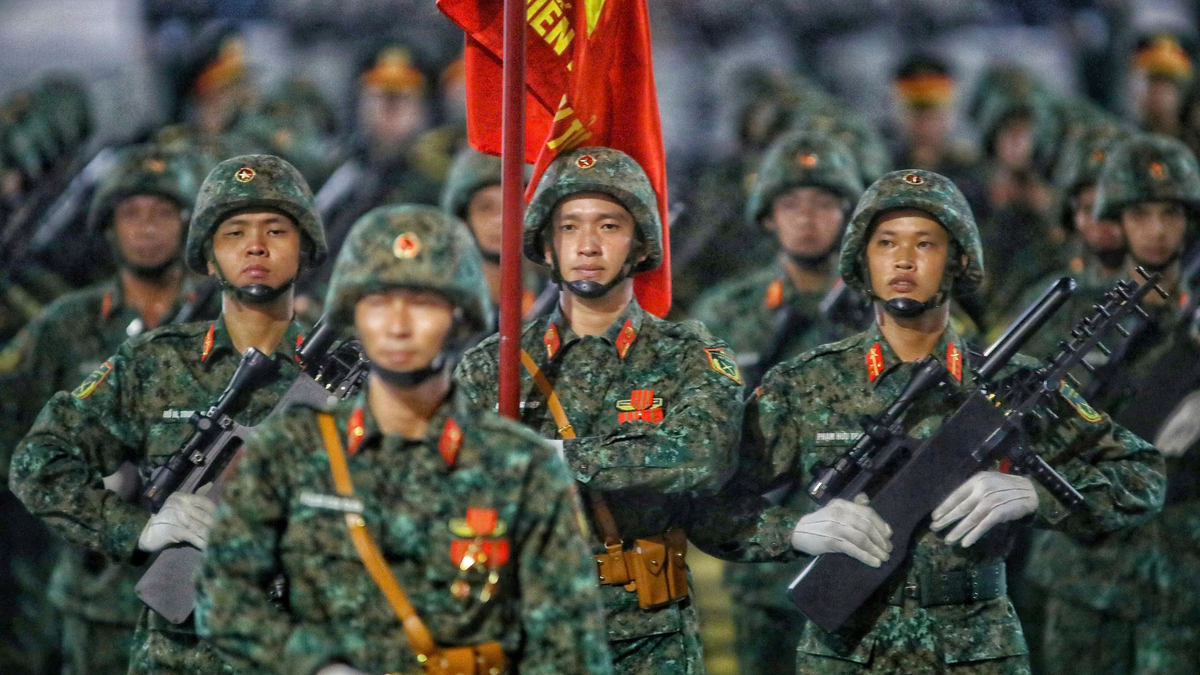
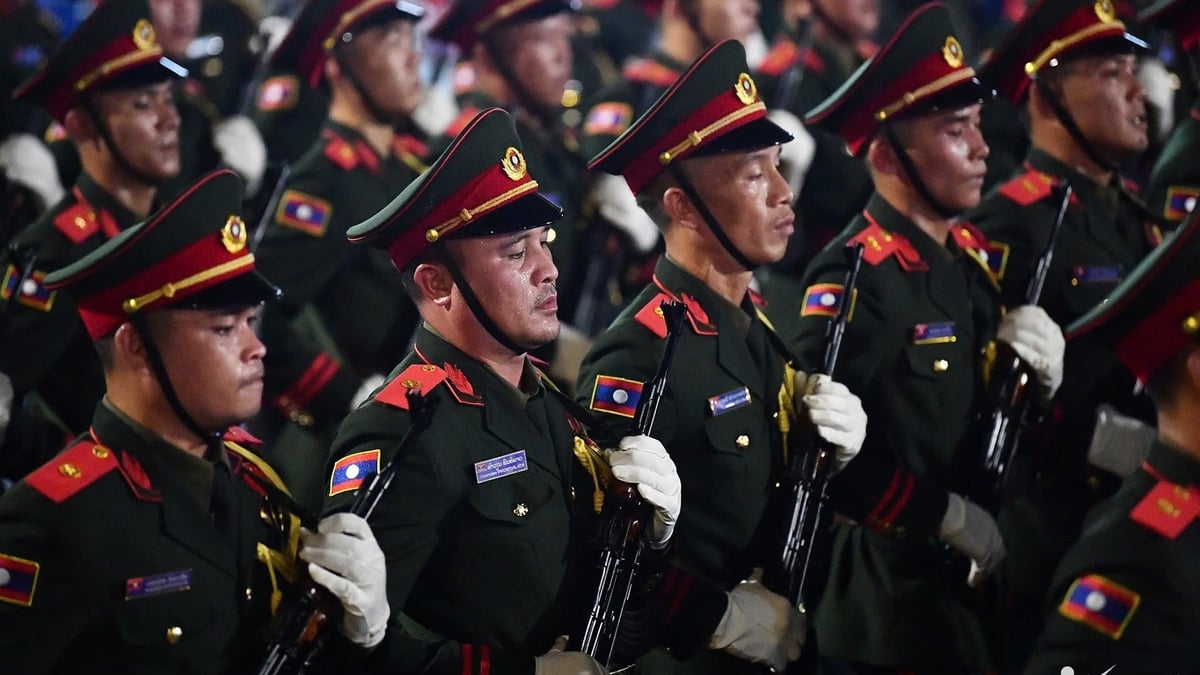
![[Photo] Parade blocks pass through Hang Khay-Trang Tien during the preliminary rehearsal](https://vphoto.vietnam.vn/thumb/1200x675/vietnam/resource/IMAGE/2025/8/27/456962fff72d40269327ac1d01426969)
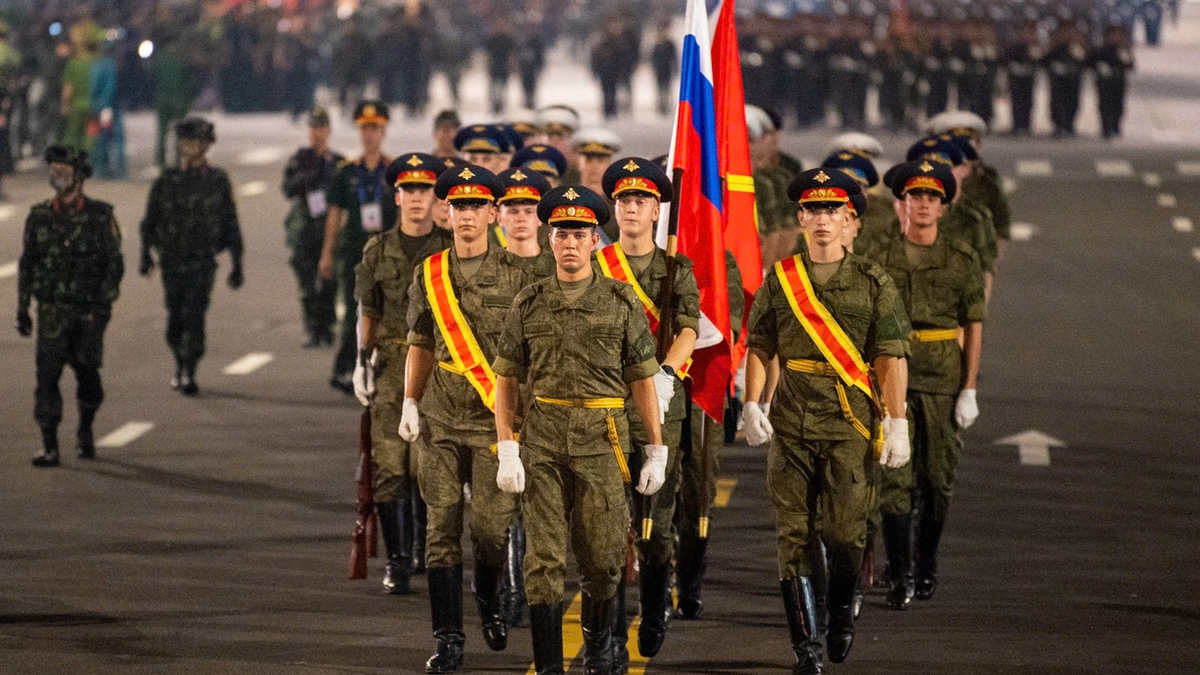
![[Photo] Images of the State-level preliminary rehearsal of the military parade at Ba Dinh Square](https://vphoto.vietnam.vn/thumb/1200x675/vietnam/resource/IMAGE/2025/8/27/807e4479c81f408ca16b916ba381b667)
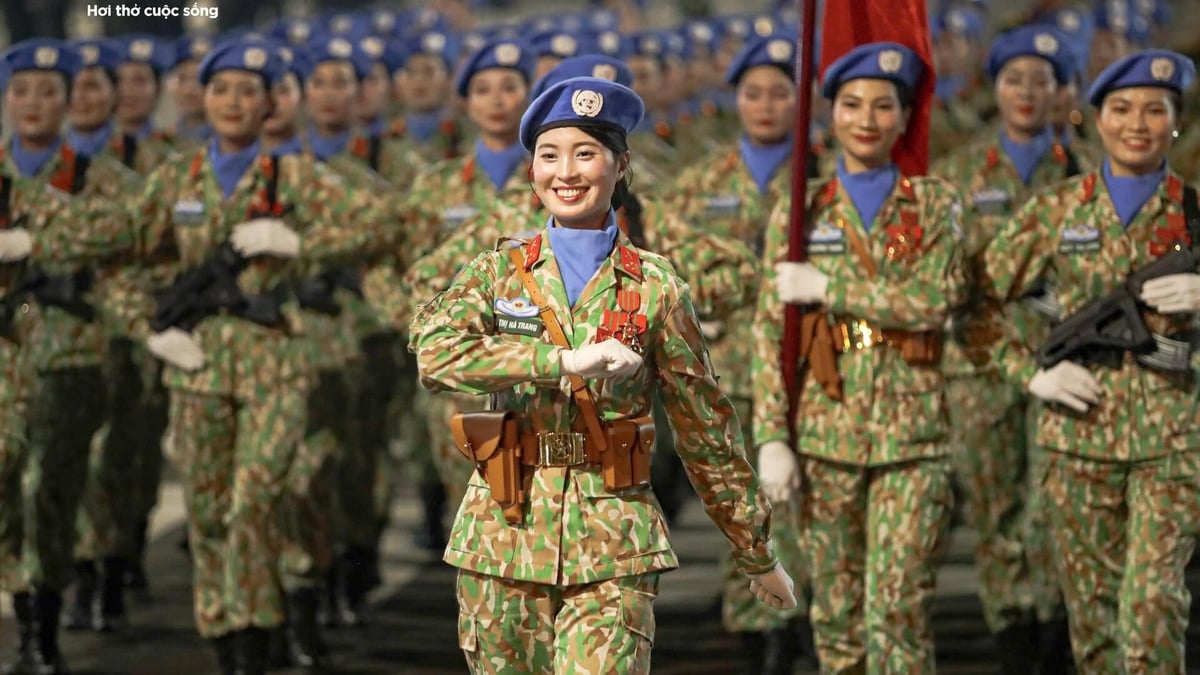
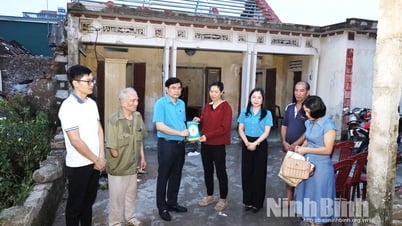
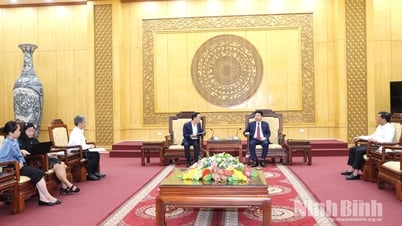

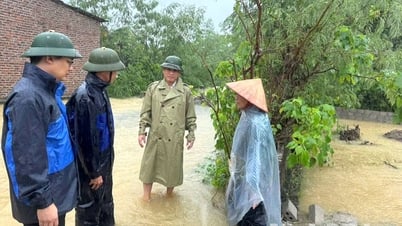


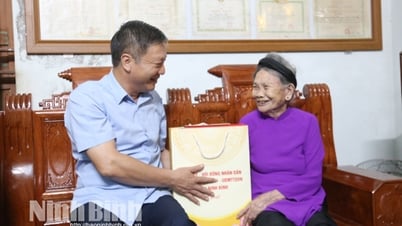
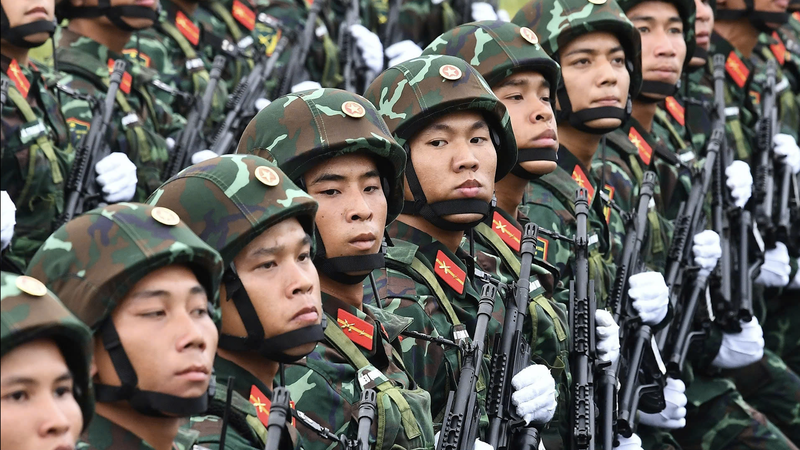



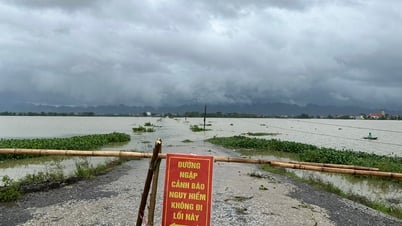
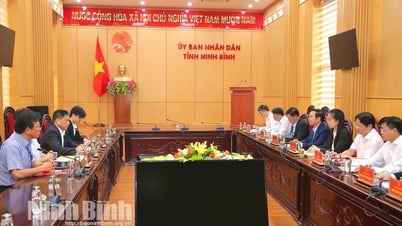

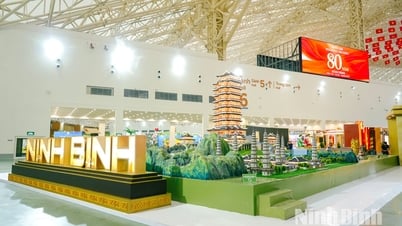
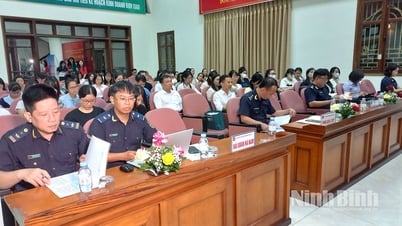
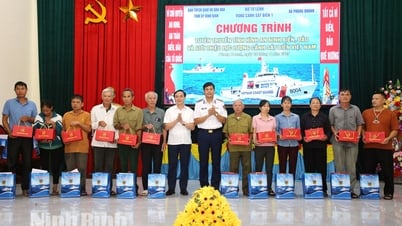


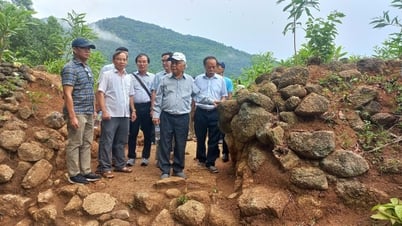

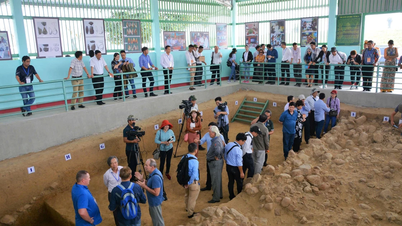

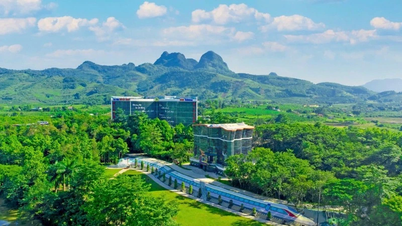


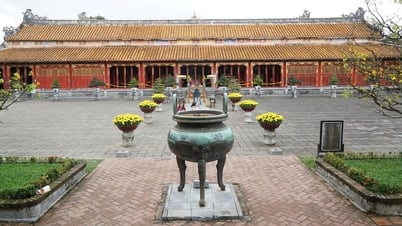


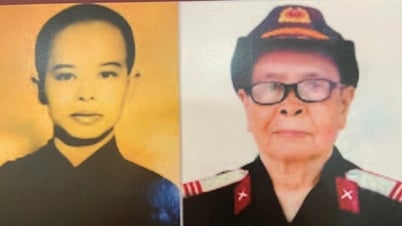

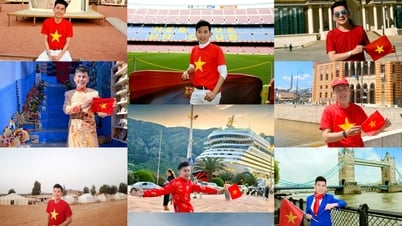



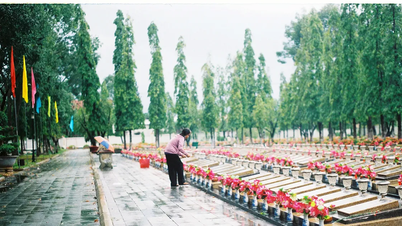
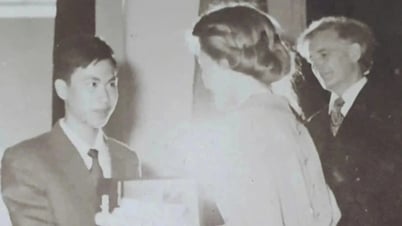





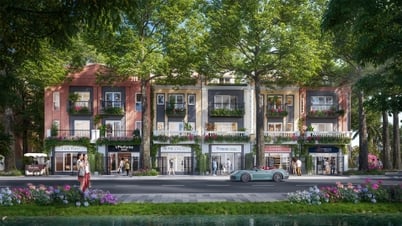
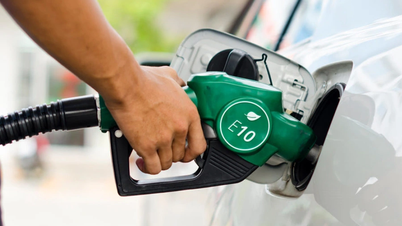
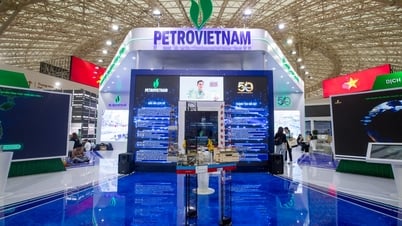



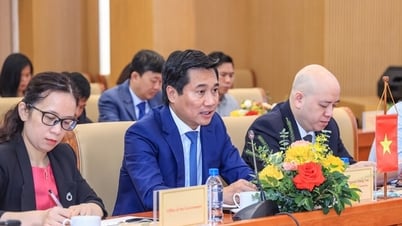






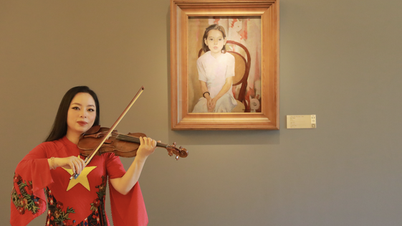
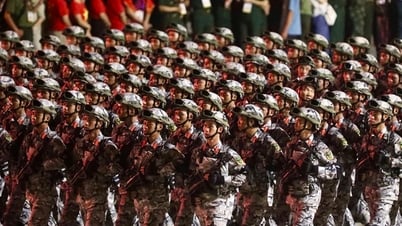




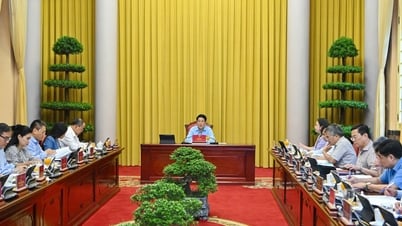



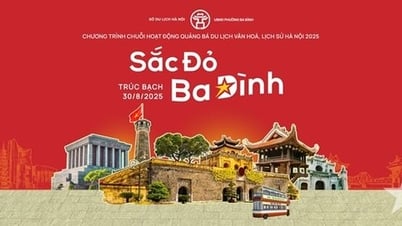



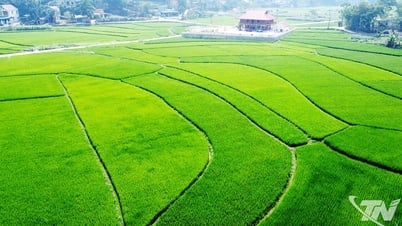

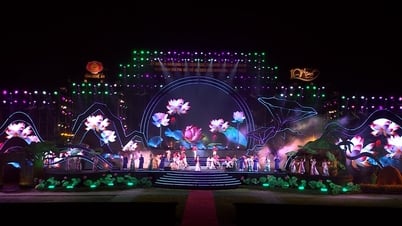

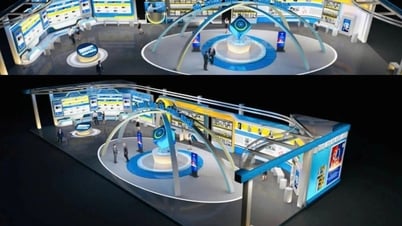
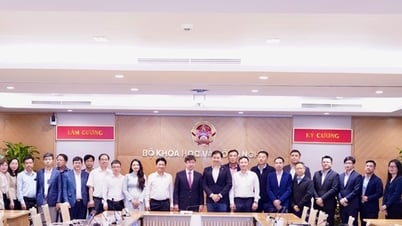



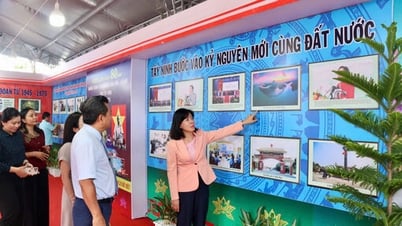








Comment (0)